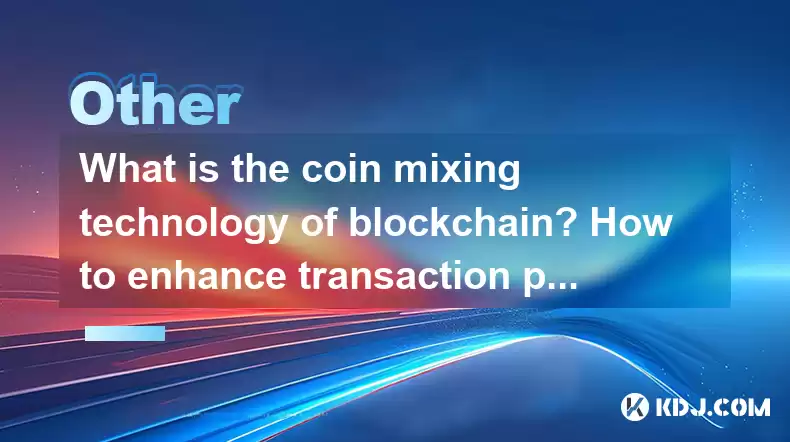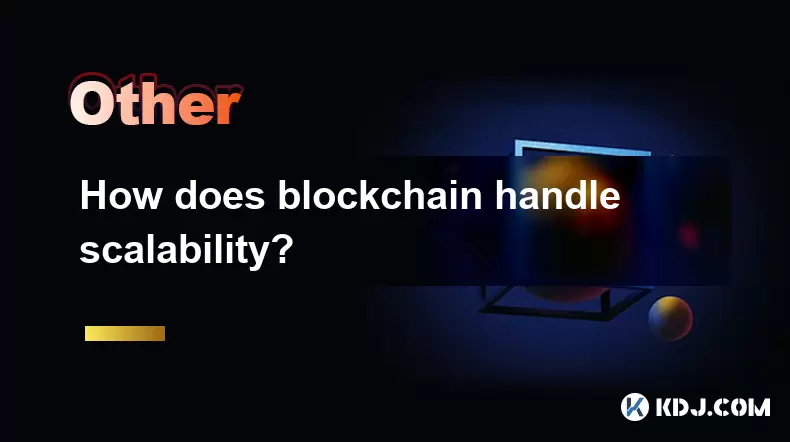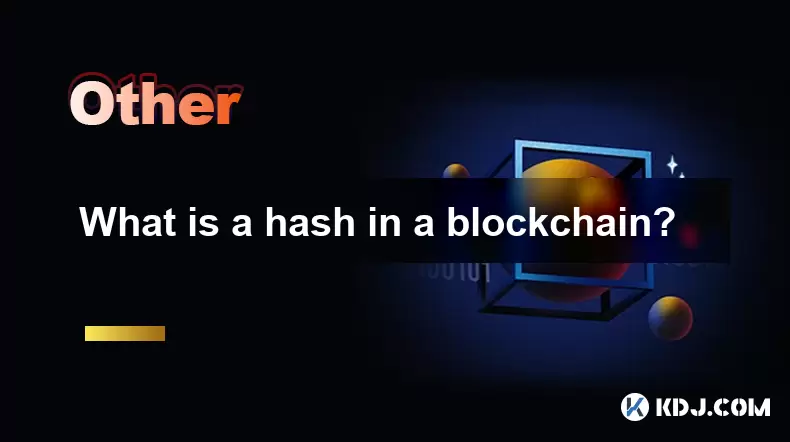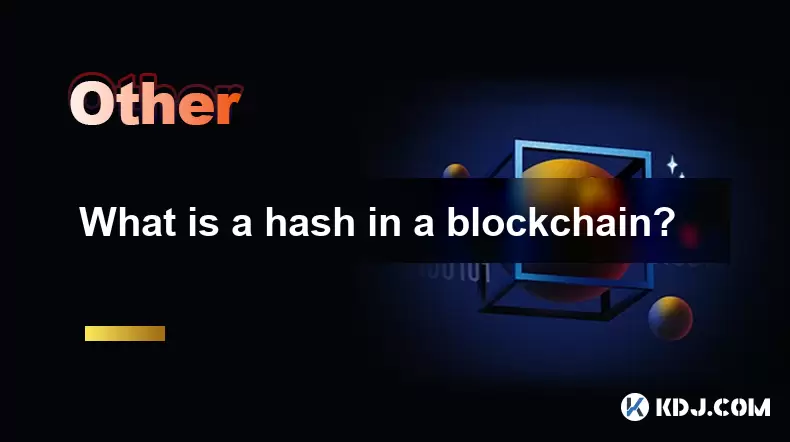-
 Bitcoin
Bitcoin $113900
-1.39% -
 Ethereum
Ethereum $3517
-4.15% -
 XRP
XRP $3.009
1.59% -
 Tether USDt
Tether USDt $0.9997
-0.04% -
 BNB
BNB $766.8
-1.41% -
 Solana
Solana $164.6
-2.38% -
 USDC
USDC $0.9998
-0.02% -
 TRON
TRON $0.3277
0.65% -
 Dogecoin
Dogecoin $0.2023
-1.67% -
 Cardano
Cardano $0.7246
0.05% -
 Hyperliquid
Hyperliquid $38.27
-4.77% -
 Sui
Sui $3.528
-0.52% -
 Stellar
Stellar $0.3890
-0.73% -
 Chainlink
Chainlink $16.16
-2.69% -
 Bitcoin Cash
Bitcoin Cash $539.9
-4.38% -
 Hedera
Hedera $0.2425
-2.00% -
 Avalanche
Avalanche $21.71
-0.97% -
 Toncoin
Toncoin $3.662
5.73% -
 Ethena USDe
Ethena USDe $1.000
-0.02% -
 UNUS SED LEO
UNUS SED LEO $8.964
0.35% -
 Litecoin
Litecoin $107.7
2.33% -
 Shiba Inu
Shiba Inu $0.00001223
-0.40% -
 Polkadot
Polkadot $3.617
-0.97% -
 Uniswap
Uniswap $9.052
-2.49% -
 Monero
Monero $295.1
-3.79% -
 Dai
Dai $0.9999
0.00% -
 Bitget Token
Bitget Token $4.315
-1.85% -
 Pepe
Pepe $0.00001060
0.11% -
 Cronos
Cronos $0.1342
-2.72% -
 Aave
Aave $256.0
-0.87%
What is the coin mixing technology of blockchain? How to enhance transaction privacy?
Coin mixing enhances blockchain transaction privacy by pooling and redistributing funds, breaking direct links between senders and receivers, and anonymizing addresses.
Apr 28, 2025 at 03:56 am

What is the coin mixing technology of blockchain? How to enhance transaction privacy?
In the realm of blockchain and cryptocurrencies, privacy and anonymity are paramount concerns for many users. One of the technologies that has emerged to address these concerns is coin mixing. Coin mixing, also known as tumblers or mixers, is a technique designed to obscure the trail of cryptocurrency transactions, making it difficult to trace the origin and destination of funds. This article will delve into the intricacies of coin mixing technology and explore various methods to enhance transaction privacy on the blockchain.
Understanding Coin Mixing Technology
Coin mixing operates by pooling together multiple users' cryptocurrencies into a single address, and then redistributing them to new addresses in different amounts. This process breaks the direct link between the sender and the receiver, making it challenging for outsiders to track the flow of funds. There are several types of coin mixing services available, each with its own methodology and level of privacy.
Centralized Mixers: These are operated by a third party that manages the mixing process. Users send their coins to the mixer, which then redistributes them to new addresses. The privacy level depends on the trustworthiness and security of the mixer.
Decentralized Mixers: These operate on a peer-to-peer basis, where users' coins are mixed without the need for a central authority. Examples include CoinJoin and Dandelion++ protocols, which enhance privacy by mixing transactions on the network level.
Non-custodial Mixers: These mixers do not require users to deposit their funds into a third-party service. Instead, they facilitate mixing through smart contracts or other decentralized mechanisms, ensuring that users retain control over their funds throughout the process.
How Coin Mixing Enhances Transaction Privacy
Coin mixing enhances transaction privacy by introducing several layers of obfuscation:
Breaking Transaction Links: By pooling and redistributing funds, coin mixing disrupts the direct link between the sender and the receiver. This makes it difficult for blockchain analysts to follow the trail of transactions.
Anonymizing Addresses: Each time coins are mixed, they are sent to new addresses, further complicating the tracking process. This anonymity is particularly useful for users who wish to keep their financial activities private.
Increasing Transaction Volume: Mixing services often involve multiple transactions, which can increase the overall volume of transactions on the network. This can make it more challenging to pinpoint specific transactions among the noise.
Steps to Use Coin Mixing Services
To use a coin mixing service, users need to follow a series of steps. Here is a detailed guide on how to use a centralized mixer:
Choose a Reputable Mixer: Research and select a mixer with a good reputation for privacy and security. Websites like BitMixer and Helix are examples of popular centralized mixers.
Prepare Your Wallets: Set up a new wallet to receive the mixed coins. This wallet should be separate from your primary wallet to maintain privacy.
Send Coins to the Mixer: Transfer the coins you wish to mix to the mixer's address. Specify the amount and the desired level of mixing (e.g., the number of hops).
Wait for the Mixing Process: The mixer will pool your coins with others and redistribute them. This process can take anywhere from a few minutes to several hours, depending on the service.
Receive the Mixed Coins: Once the mixing process is complete, the coins will be sent to the new wallet you provided. Verify the transaction on the blockchain explorer to ensure the coins have been successfully mixed.
Enhancing Transaction Privacy Beyond Coin Mixing
While coin mixing is a powerful tool for enhancing privacy, there are additional methods that users can employ to further protect their transactions:
Use Privacy-Centric Cryptocurrencies: Some cryptocurrencies, such as Monero and Zcash, are designed with privacy in mind. They use advanced cryptographic techniques like ring signatures and zero-knowledge proofs to obscure transaction details.
Implement VPNs and Tor: Using a Virtual Private Network (VPN) or the Tor network can help mask your IP address, adding an extra layer of anonymity when interacting with blockchain networks.
Employ Hardware Wallets: Storing your cryptocurrencies in a hardware wallet can enhance security and privacy. These devices store private keys offline, reducing the risk of hacking and unauthorized access.
Regularly Change Addresses: Frequently changing the addresses used for receiving and sending cryptocurrencies can make it harder for trackers to build a complete picture of your transaction history.
Potential Risks and Considerations
While coin mixing can significantly enhance transaction privacy, it is not without risks. Users should be aware of the following considerations:
Regulatory Scrutiny: Some jurisdictions have strict regulations regarding the use of mixers, as they can be used for illegal activities such as money laundering. Always check the legal status of using mixers in your region.
Trust in Third Parties: Centralized mixers require users to trust the service provider with their funds. There have been cases of mixers running off with users' coins, so it's crucial to choose a reputable service.
Transaction Fees: Mixing services often charge fees, which can be higher than standard transaction fees. Users should factor these costs into their decision-making process.
Effectiveness: While coin mixing can obscure the trail of transactions, it is not foolproof. Advanced blockchain analysis techniques may still be able to trace mixed coins under certain conditions.
Frequently Asked Questions
Q: Can coin mixing be used to launder money?
A: Yes, coin mixing can be used to launder money, which is why it is often under scrutiny by regulatory bodies. However, not all users of mixing services engage in illegal activities; many use them to protect their financial privacy.
Q: Are there any alternatives to coin mixing for enhancing privacy?
A: Yes, alternatives include using privacy-focused cryptocurrencies like Monero and Zcash, employing VPNs and Tor for added anonymity, and using hardware wallets for secure storage. Each method has its own set of advantages and considerations.
Q: How can I verify if a coin mixing service is trustworthy?
A: To verify the trustworthiness of a coin mixing service, look for user reviews, check if the service has been around for a long time, and see if they have a transparent fee structure and privacy policy. It's also helpful to read up on any past incidents or controversies related to the service.
Q: Is coin mixing legal everywhere?
A: No, the legality of coin mixing varies by jurisdiction. Some countries have strict regulations against it due to concerns over money laundering and other illicit activities. Always research the legal status in your area before using a mixing service.
Disclaimer:info@kdj.com
The information provided is not trading advice. kdj.com does not assume any responsibility for any investments made based on the information provided in this article. Cryptocurrencies are highly volatile and it is highly recommended that you invest with caution after thorough research!
If you believe that the content used on this website infringes your copyright, please contact us immediately (info@kdj.com) and we will delete it promptly.
- Bitcoin, XRP, and the Price Drop Blues: What's Shakin' in Crypto?
- 2025-08-03 00:30:12
- Bank of America, Ripple, and RLUSD: A New Era in Digital Finance?
- 2025-08-03 00:30:12
- Bitcoin Strategy: Saylor's Not Hoarding, He's Building an Empire
- 2025-08-02 22:30:12
- Bitcoin Bloodbath: Macro Pressures and Liquidations Unleash Crypto Chaos
- 2025-08-02 22:30:12
- Tron, Cold Wallets, and Crypto Trends: What's Hot in the Market?
- 2025-08-02 23:10:12
- Bitcoin's Wild Ride: Davinci, Investors, and the $500K Dream
- 2025-08-02 23:50:12
Related knowledge

What is the difference between on-chain and off-chain transactions?
Aug 02,2025 at 04:22pm
Understanding On-Chain TransactionsOn-chain transactions refer to digital asset transfers that are recorded directly on a blockchain ledger. These tra...

What is the double-spending problem and how does blockchain prevent it?
Aug 02,2025 at 01:07pm
Understanding the Double-Spending ProblemThe double-spending problem is a fundamental challenge in digital currency systems where the same digital tok...

What is the difference between a blockchain and a database?
Aug 01,2025 at 09:36pm
Understanding the Core Structure of a BlockchainA blockchain is a decentralized digital ledger that records data in a series of immutable blocks linke...

How does blockchain handle scalability?
Aug 02,2025 at 02:58pm
Understanding Blockchain Scalability ChallengesBlockchain scalability refers to a network's ability to handle an increasing volume of transactions wit...

What is a hash in a blockchain?
Aug 02,2025 at 05:28am
Understanding the Concept of Hash in BlockchainA hash in the context of blockchain technology refers to a unique digital fingerprint generated by a cr...

What is a hash in a blockchain?
Aug 02,2025 at 04:43am
Understanding the Concept of Hash in BlockchainA hash in the context of blockchain technology refers to a unique digital fingerprint generated by a cr...

What is the difference between on-chain and off-chain transactions?
Aug 02,2025 at 04:22pm
Understanding On-Chain TransactionsOn-chain transactions refer to digital asset transfers that are recorded directly on a blockchain ledger. These tra...

What is the double-spending problem and how does blockchain prevent it?
Aug 02,2025 at 01:07pm
Understanding the Double-Spending ProblemThe double-spending problem is a fundamental challenge in digital currency systems where the same digital tok...

What is the difference between a blockchain and a database?
Aug 01,2025 at 09:36pm
Understanding the Core Structure of a BlockchainA blockchain is a decentralized digital ledger that records data in a series of immutable blocks linke...

How does blockchain handle scalability?
Aug 02,2025 at 02:58pm
Understanding Blockchain Scalability ChallengesBlockchain scalability refers to a network's ability to handle an increasing volume of transactions wit...

What is a hash in a blockchain?
Aug 02,2025 at 05:28am
Understanding the Concept of Hash in BlockchainA hash in the context of blockchain technology refers to a unique digital fingerprint generated by a cr...

What is a hash in a blockchain?
Aug 02,2025 at 04:43am
Understanding the Concept of Hash in BlockchainA hash in the context of blockchain technology refers to a unique digital fingerprint generated by a cr...
See all articles

























































































